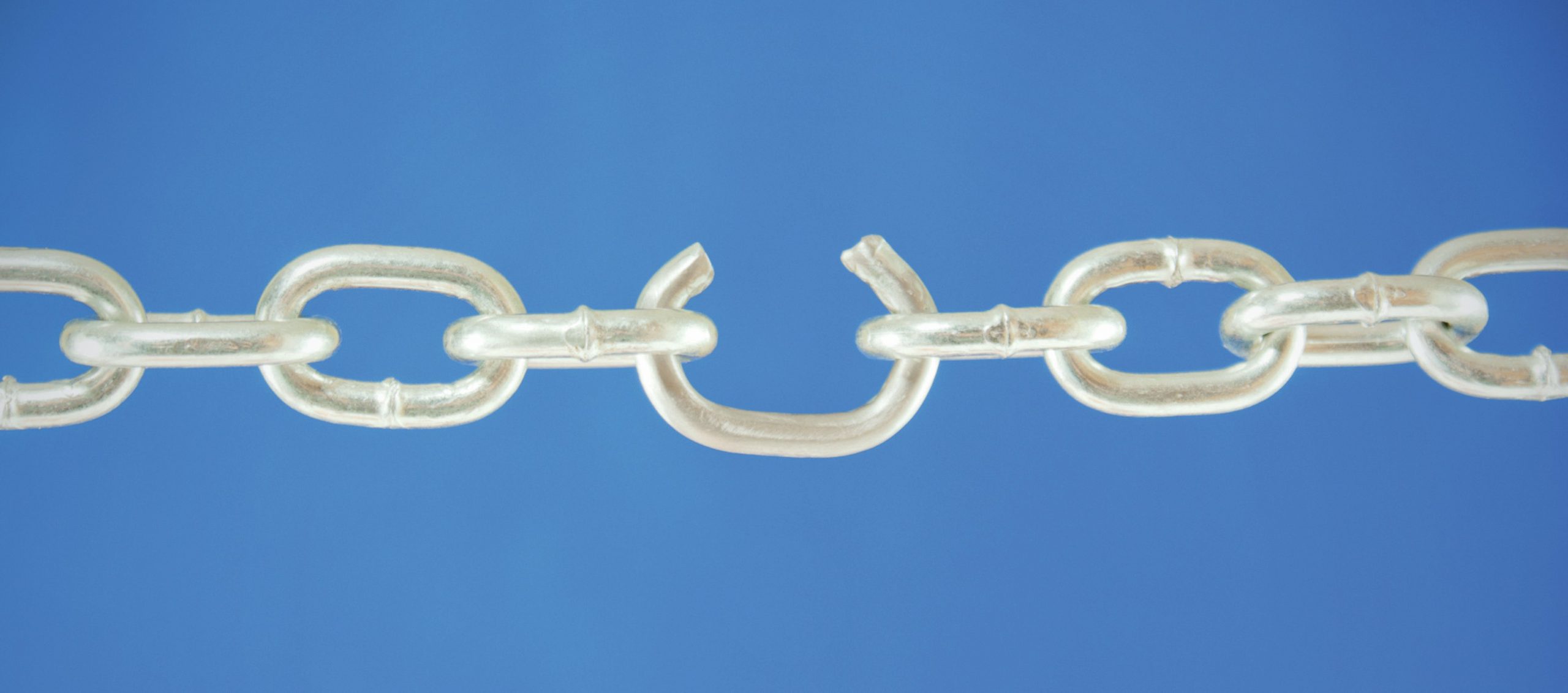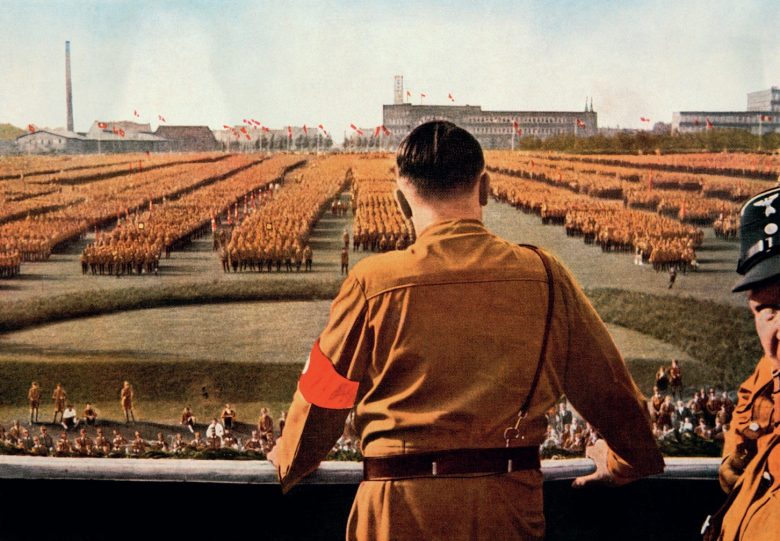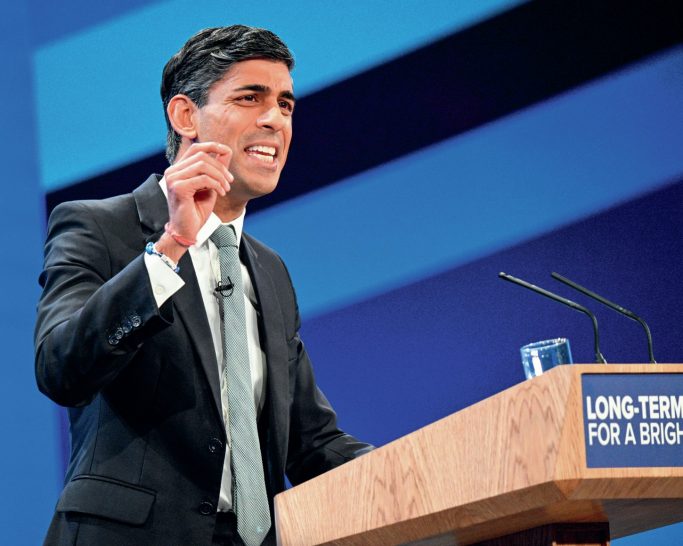
The shift from negative to positive freedom is central to the development from classical to modern liberalism. Freedom in its simplest form means complete autonomy, or being free from all restraints and constraints. The only acceptable restraint is when individuals are prevented from limiting the freedom of others. Liberals have a positive view of human nature, and believe individuals have reason, so they think that individuals should be able to rule themselves without any limits to their freedom being applied by the state.
The most common definitions of negative and positive freedom are freedom from and freedom to (Box 1). This underlines the shift from classical to modern liberalism. For classical liberals, all individuals are free and equal. Therefore negative freedom, or freedom from, means freedom from any limits or restraints. Negative freedom advocates, for example, freedom of speech, freedom of association, freedom of property ownership and freedom from state interference. These freedoms are protected by the capacity of humans to have reason. This was explored by the philosopher Isaiah Berlin.
Your organisation does not have access to this article.
Sign up today to give your students the edge they need to achieve their best grades with subject expertise
Subscribe




